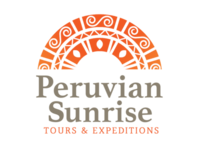Holidays are some of the best times to travel to a country, because there are usually shows, activities, dances, music and typical food of the country. In fact, in many cases, in these days there are usually non-working holidays, so the celebration will be much bigger and more fun.
It will also allow you to get closer to the culture of the country, learn about the history, traditions and customs of the place.
While recreational and cultural tourism options increase, it is also necessary to know these dates, since some places may close earlier or all day, due to the fact that there is a non-working holiday.
In order to help you plan better from your suitcase to the implements you should take, we invite you to know the festivities and holidays in Peru.
January
Celebrations honoring significant historical and cultural events take place in January, which is the start of a new year in Peru. Given that the nation is primarily Catholic, many of these celebrations have religious roots and are widely observed.
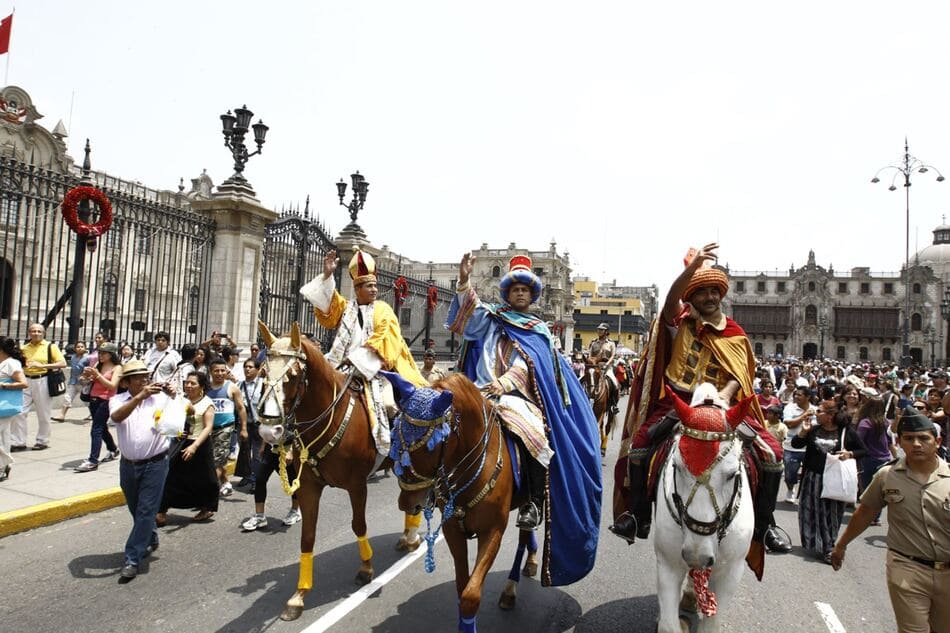
January 1st: New Year’s Day in Peru
No need to explain much here, it’s the beginning of the year! Many use this holiday as a day to rest from the New Year’s party or to see their loved ones.
January 6: Descent of the Three Wise Men
Peru is a mostly Catholic country (75%) and this celebration has its origin in the writings of the bible. As its name says, it celebrates the arrival of the three wise men Gaspar, Melchor and Baltazar to the birth of the baby Jesus and offer him gold, frankincense and myrrh. On these dates, traditions range from keeping the nativity to activities such as traditional dances, meals and parades. In Ica, for example, they dance the dance of the negritos.
January 18: Anniversary of Lima
This holiday has to do with the day when the Spanish conquistador Francisco Pizarro founded Lima, on January 18, 1535, and called it “The City of Kings”. It was the capital of the Viceroyalty of Peru, due to the strategic location of the area, which is located on the Peruvian Coast.
February
Peruvian crowds gather together to celebrate the country's rich cultural legacy in February, a month filled with colorful festivities. Beginning with the much-loved Pisco Sour Day, the celebrations continue with the internationally observed Valentine's Day and the vibrant, energetic Peruvian carnivals.
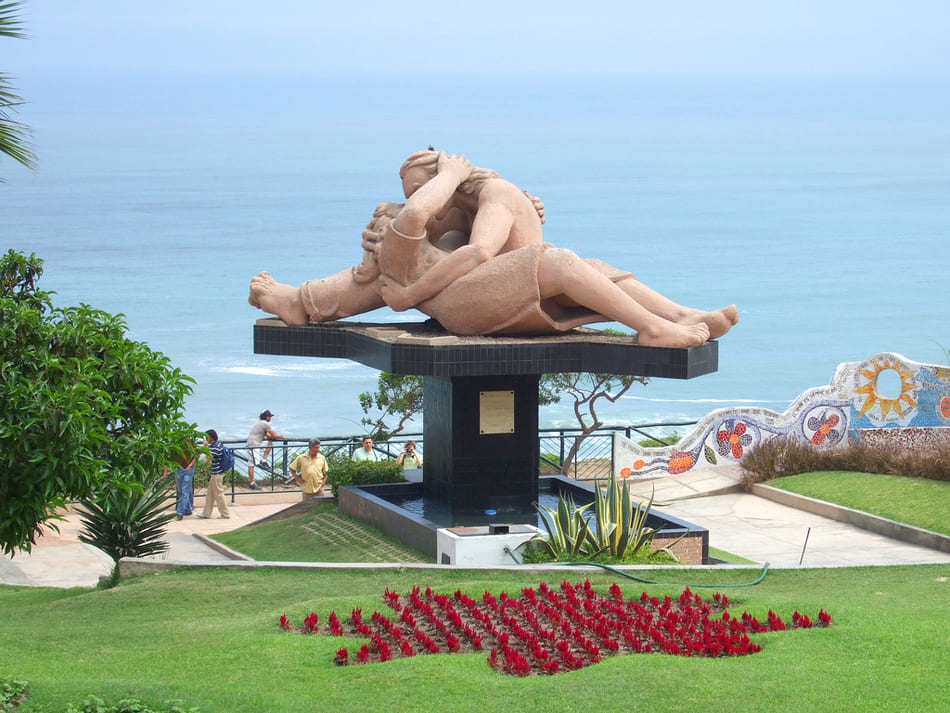
February 14th: Valentine’s Day
Valentine's is celebrated the day of love and friendship in Peru and in different parts of the world. You will see many couples in the restaurants (since food is never missing in Peruvian celebrations), on the boardwalks, walking with their gifts…you can really breathe love on this day.
February 3rd: Pisco Sour Day
Pisco Sour Day is celebrated on the first Saturday of February each year; this year, it falls on February 3rd. This day honors Peru's most iconic cocktail, the Pisco Sour, a delightful mix of pisco, lemon, simple syrup, egg white, and Angostura bitters. Visit Peru to experience this refreshing drink and join the celebration!
Peruvian carnivals
Peru comes alive in February and March with brightly colored costumes, energetic dances, and brilliant street events. The start of carnival season is marked with celebrations known regionally as "carnavalitos," "carnavalazos," and other regional terms, each of which has a distinct spirit. Now is the ideal moment to discover Peru's customs, cuisine, and tourism destinations.
March & April
March and April in Peru are marked by significant celebrations that highlight both cultural and religious traditions, providing visitors with a unique glimpse into the nation's heritage.
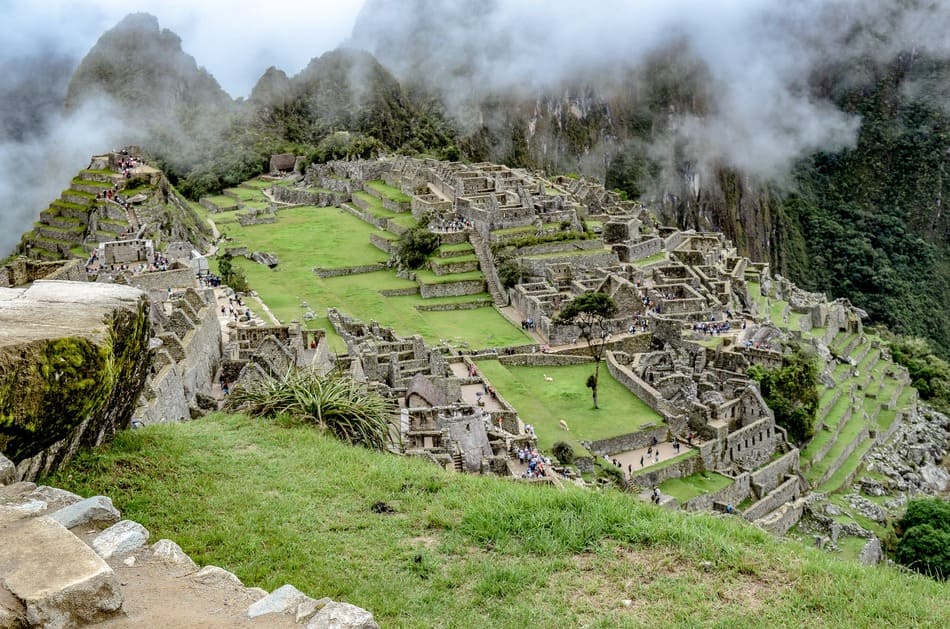
March 8: Women’s Day
In Peru, the commemoration of Women's Day began in 1983 with the “Canto a la Vida” Festival, in the city of Lima. The State joined the celebration in 1996 through the MIMP.
Holy Thursday, Good Friday and Easter Sunday
This is the beginning of an important week more than anything else for religious people, in which they celebrate the passion of Christ. The dates are not exact every year, since it has to do with the lunar calendar, so it is always good to consult before. On these dates meat is not eaten. On the other hand, being a long holiday, many people take advantage of it to make national and international trips or to relax.
May
Peru's vibrant May is a month full of important holidays and cultural events that showcase the nation's deep-rooted customs and ideals.
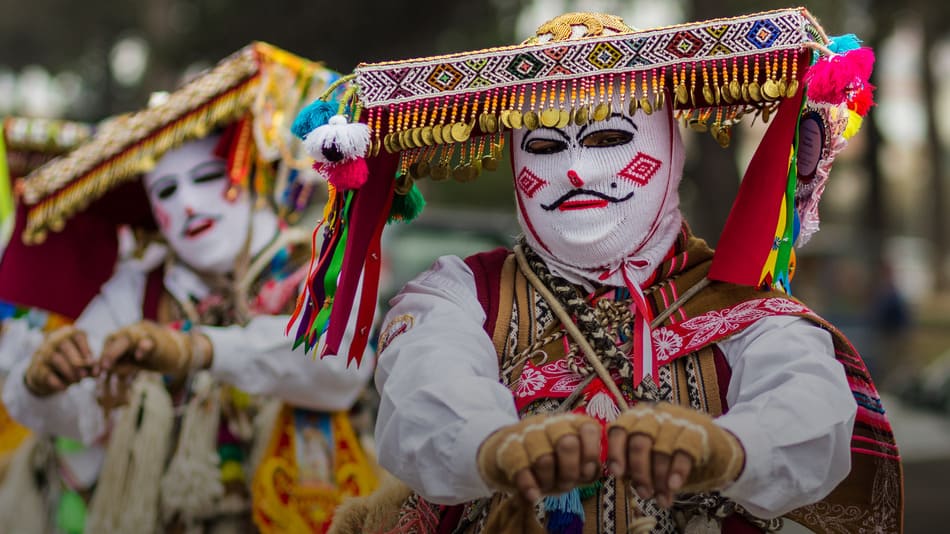
May 1st: Labor Day
This is an international holiday in commemoration of the events that took place in Chicago, United States, in search of respect for workers’ rights. On this day, depending on the industry, businesses are closed.
Mother’s Day: Second Sunday of May
A group of students from San Marcos University had the idea of also paying tribute to the mother, as in other countries and cultures. The Peruvian society supported the intention of the promoters and since 1924, the second Sunday of May is officially Mother’s Day in Peru.
May 30th: Corpus Christi
During this celebration, solemn processions take place, carrying the Blessed Sacrament in procession – the consecrated host representing the body of Christ. The Corpus Christi processions are a moment of profound devotion and joy for Catholic believers.
June
Peru is full of religious and cultural events in June that showcase the nation's rich cultural legacy and ingrained customs.
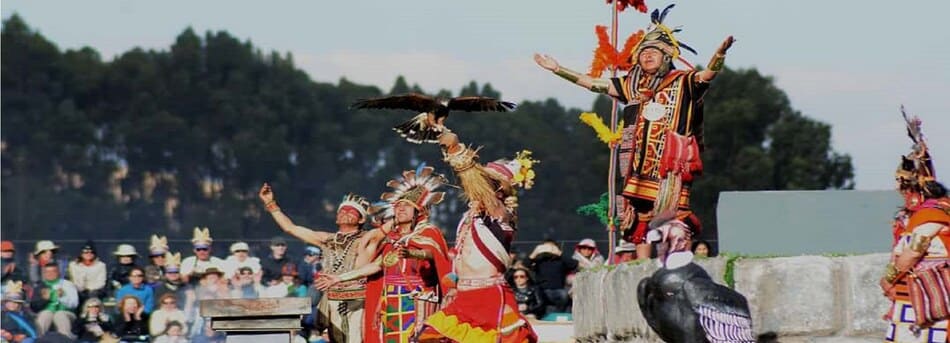
June 7: Flag Day and Battle of Arica (since 2024)
This day honors one of Peru’s most heroic moments: the Battle of Arica (1880), when Colonel Francisco Bolognesi and his men defended the Morro de Arica with courage and loyalty. It is also celebrated as Flag Day, paying tribute to the national symbol that unites all Peruvians. The date is marked by military ceremonies and patriotic tributes across the country.
June 23: Feast of St. John
This celebration commemorates the patron saint of the Amazonian regions since the time of the Spaniards and the one who baptized Jesus, Saint John the Baptist. In a normal context, people go to take a “blessed bath” in the most important water fountains of each city, in addition to their dances and typical food.
Father’s Day: Third Sunday of June
Thanks to the establishment of Father’s Day in the United States, many Latin American countries, including Peru, established that the third Sunday of June would be celebrated on this date.
June 24: Day of the Peasant
The “Day of the Peasant” was created during the Agrarian Reform Law on June 24, 1969. Previously called “Day of the Indian”. It is a date to celebrate their great work.
June 24: Inti Raymi
Inti Raymi, meaning Festival of the Sun, was established by Inca Pachacutec to honor the Sun God, the main deity of the Inca Empire. Celebrated since 1430, the festival begins with a sunrise ceremony at the Coricancha temple, followed by a greeting between an actor representing the Inca and the mayor of Cusco in the Plaza de Armas, symbolizing the meeting of two eras. The celebration concludes at the Sacsayhuaman fortress with a vibrant, music-filled reenactment of the Inti Raymi.
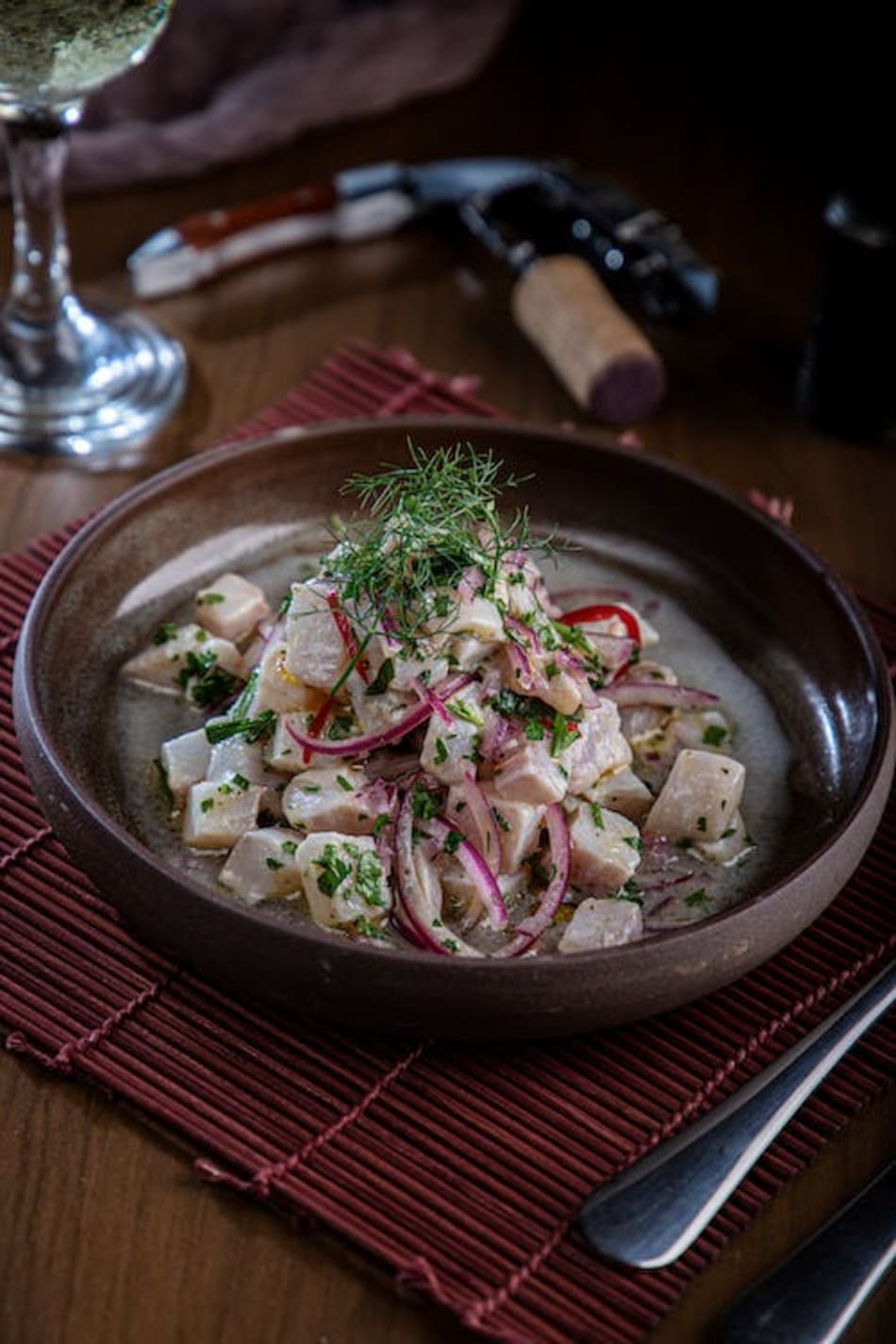
June 28: Ceviche Day
In 2008, the Ministry of Production designated Ceviche Day to be celebrated every June 28 due to its cultural and gastronomic value.
June 29: Saint Peter and Saint Paul
This is a celebration of the Catholic Church towards the patron saints of Rome, who spread the gospel. As Peru is a Catholic country, this date is considered a holiday.
July
Peruvians celebrate July with a mix of historical remembrance and patriotism, including events that highlight the nation's notable historical moments and rich cultural legacy.
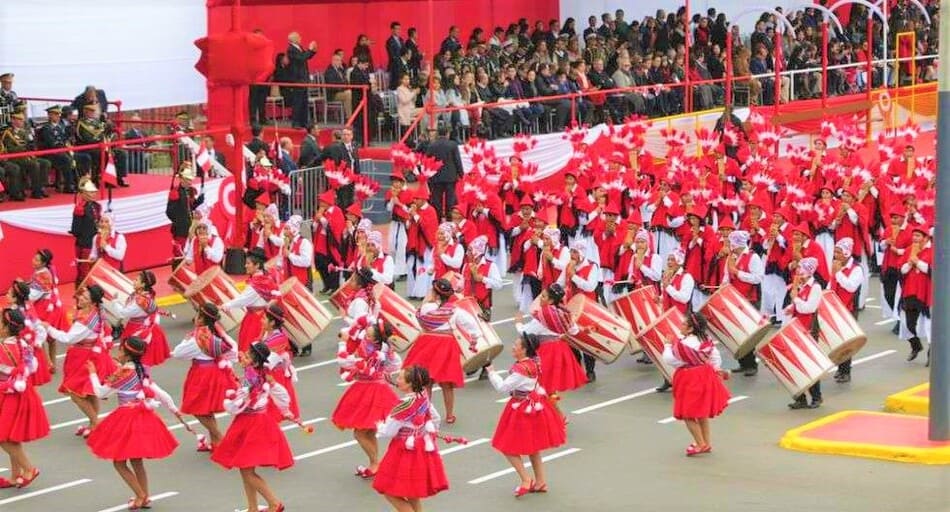
July 7: Machu Picchu Discovery Day
This day celebrates that on July 24, 1911, the world learned about the Inca city of Machu Picchu. On that day the American explorer Hiram Bingham “discovered” the Inca monument located on the heights of the mountain of the same name, in Urubamba, Cusco.
July 23: Peruvian Air Force Day (since 2023)
Every July 23, Peru celebrates Air Force Day, honoring the men and women who protect the country’s skies. The day features air shows, parades, and tributes to pilots who play a vital role in defense, humanitarian aid, and rescue operations throughout Peru’s diverse regions.
July 28: Independence Day
This day celebrates that on July 28, 1821, the general of the Argentinean Army José de San Martín, as part of his liberating expedition, proclaimed the independence of Peru in the Plaza de Armas in Lima, ending almost three centuries of viceroyalty, that is, the end of the Spanish colony. In addition, every 5 years, this is the date of the change of command (president).
July 29: Independence Day
Day off - July 29 is the day of the parade or military parade, in which the armed forces and police participate exhibiting their land and air equipment.
August
August is a vibrant month in Peru, filled with cultural celebrations and religious observances that highlight the country's diverse traditions and history.
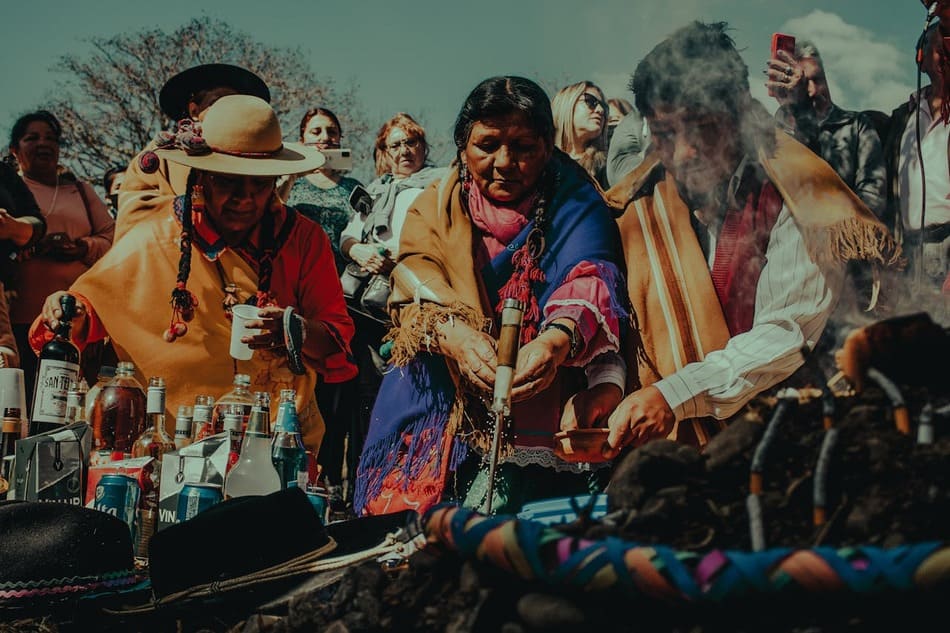
August 1: Pachamama Day
On August 1st, high Andean communities in Ecuador, Peru, Bolivia, and Argentina celebrate Pachamama Day. This day honors Mother Earth, or Pachamama, with ceremonies and offerings to give thanks for the harvest and ask for blessings for the future.
August 6: Battle of Junín (since 2022)
The Battle of Junín (1824) was one of the decisive confrontations that paved the way for Peru’s independence. Fought in the windswept highlands of Junín, it marked the beginning of the final campaign for freedom. Today, the date is remembered with civic parades and historical reenactments in the central Andes.
August 15: Anniversary of Arequipa
The Spanish established the white city of Arequipa on August 15, 1540. Since then, on the eve of this date each year, Arequipa gets dressed up to celebrate its anniversary. The city comes to life with celebrations that highlight its rich cultural history and vivacious sense of community.
August 30: Santa Rosa de Lima
Saint Rose of Lima was the first woman in the American continent to be declared a saint. Although her death was on August 24, the 30th was added as a celebration, being the closest day to the anniversary of her death.
September
September in Peru is a month of cultural homage and celebrations, blending music, tradition, and historical remembrance.
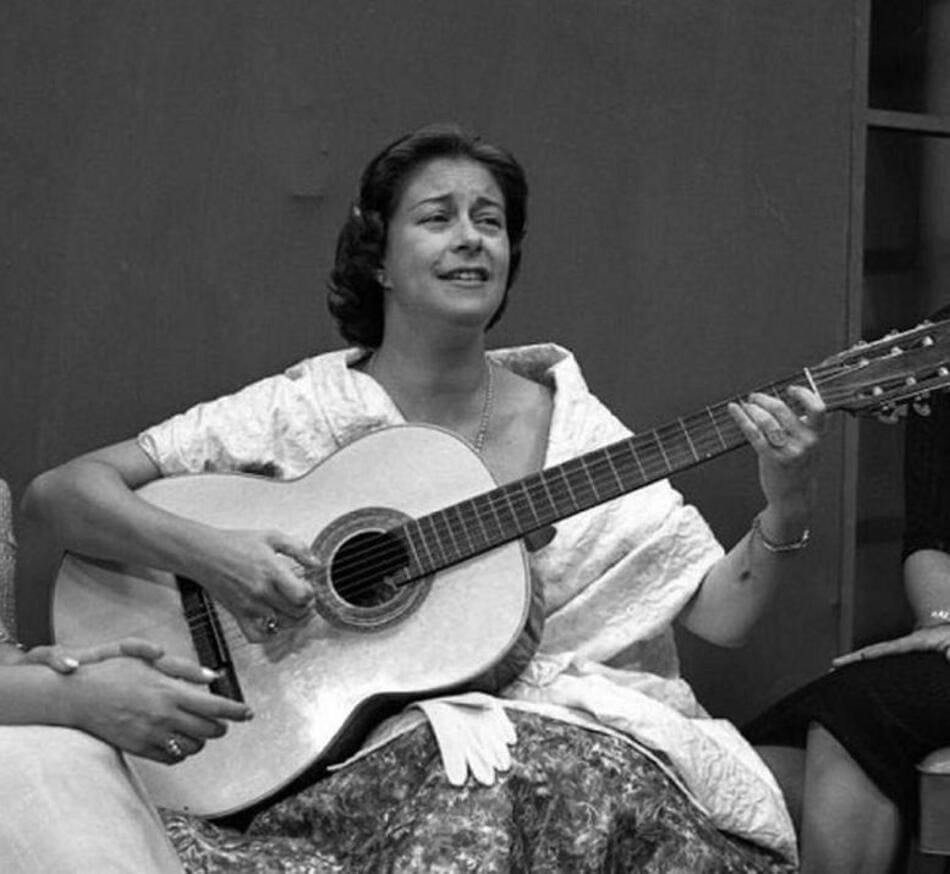
September 3: Birthday of María Isabel Granada
Known as Chabuca Granda (1920), celebrated for her contributions to criollo and Afro-Peruvian music, as well as her literary and theatrical work.
September 23: Spring Day in Peru
Peru celebrates the start of spring with music, flowers, and joy—especially among students, since it’s also Youth Day. Although it’s not a public holiday, schools often organize fun outdoor events. In Trujillo, the season is marked by the International Spring Festival, as the city is known as the “City of Eternal Spring".
October
October is a colorful month in Peru that reflects the nation's varied heritage and influences through religious devotion and cultural celebration.
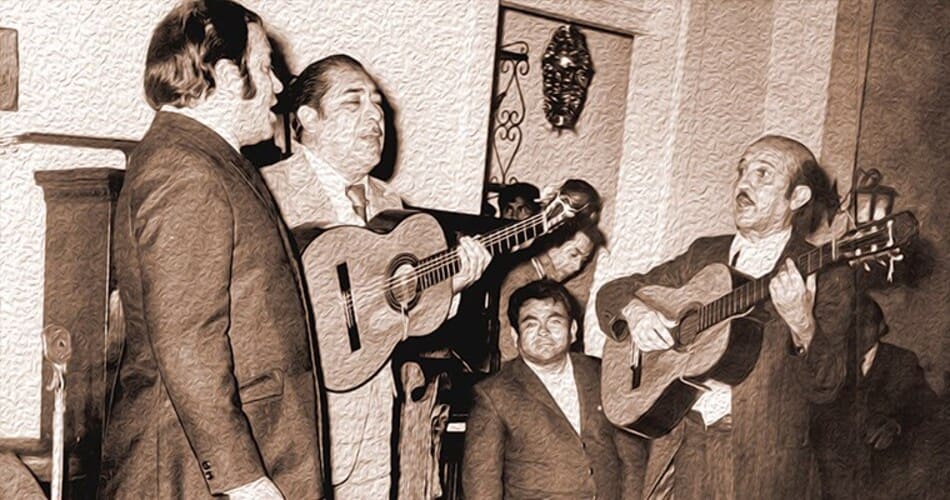
October 28: Lord of Miracles Festival in Lima
Starting October 4 and lasting 24 days, Lima celebrates the Lord of Miracles, or Cristo de Pachacamilla, one of Peru's most important religious events. Originating in the 17th century when an image of Christ survived multiple earthquakes, the festival's main days are October 18, 19, and 28, drawing faithful from across Latin America.
October 31: Halloween in Peru
This was an Irish custom that said that between the last day of October and the first day of November, the world of the living and the world of the dead come together. Later, thanks to the USA, the word “Halloween” appeared, which is the union of the words All Hallow’s Eve’, that is, the eve of the Feast of All Saints.
Although in Peru many people celebrate this holiday, especially children who dress up in costumes and go out begging for candy, it has to do with the influence of the American celebration. Learn more about Halloween in Peru here!
October 31: Day of the Criolla Song in Lima
Celebrated annually on October 31, the Day of the Criolla Song was established in the 1940s by President Manuel Prado y Ugarteche. This day honors the rich history and influential artists of Peruvian criolla music, such as José Sabas Libornio-Ibarra, Felipe Pinglo, and Chabuca Granda. Modern celebrations include lively peñas criollas, serenades, and concerts throughout Lima and beyond.
November
November 1: All Saints' Day
This is another Catholic celebration in which Pope Gregory III, during his tenure in the church between 731 and 741, chose November 1 for the commemoration of the lives of the saints.
December
December in Peru is a time of rich cultural traditions and religious observances, blending solemnity with festive cheer.
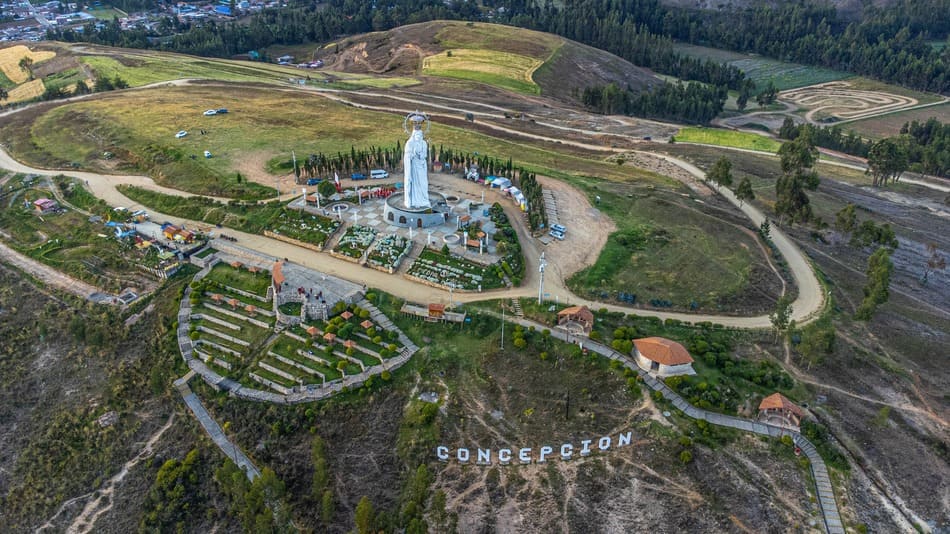
December 8: Immaculate Conception
Holiday-The Day of the Immaculate Conception of Mary was formally declared on December 8, 1854 by the then Pope in office, Pio Nono, who after receiving petitions from different universities around the world, gathered in St. Peter’s Basilica.
December 9: Battle of Ayacucho (since 2022)
Holiday-This is a new holiday enacted on 12/31/21 that commemorates the Battle of Ayacucho, which took place on December 9, 1824 and consolidated the independence of Peru. Each year, the city of Ayacucho commemorates this victory with vibrant ceremonies and cultural events that honor the heroes who secured freedom for an entire continent.
December 24: Santurantikuy in Cusco
The Santurantikuy is a large fair that features the crafts of local artisans and takes place on December 24 in Cusco's Plaza de Armas. Many "hierberas" who sell different herbs for adorning nativity scenes are drawn to this event. The fair, which stands for "Sale of Saints," has many saint figurines intended for Christmas décor. Before the sun rose, artisans set up their displays of exquisite textiles, needlework, and sculptures. The ceramic figurines known as Niño Manuelito, which feature the Baby Jesus with open arms and elaborate crowns and garments, are the main attraction.
December 24 and 25: Christmas Eve and Christmas
Unlike other countries where they celebrate only on the 25th, peruvians celebrate Christmas Eve on December 24th, when the birth of the baby Jesus is awaited and Christmas dinner is eaten. For this, Christmas trees are assembled, delicious typical foods are prepared and a representation of the nativity scene is staged. In Cuzco, on this day you have the Santuratikuy, which is a fair where saints are bought every year as a tradition.
December 31st: New Year’s Eve
As in most countries around the world, on this day people celebrate the end of the year and have parties, dinners and trips to welcome the new year in the best way!
Frequently Asked Questions about Peruvian Festivals
One of the best ways to fully experience Peru's rich culture and traditions is to take part in its festivals. Here, we provide you with a guide to help you better enjoy and comprehend these distinctive celebrations by responding to some of the most frequently asked questions about traditional Peruvian holidays. Discover the variety and energy that define Peruvian holidays, from the well-known Inti Raymi to lesser-known regional festivities. Find out when these festivals are happening, how to participate, and what delectable traditional foods are to be had.
What are some major traditional festivals celebrated in Peru?
Peru is known for its vibrant festivals. Some major ones include Inti Raymi (Festival of the Sun), Corpus Christi, and Fiestas Patrias (Independence Day).
What are the most important holidays in Peru?
While Peru has many regional festivals, the most important national holidays — celebrated by everyone — are Christmas (December 24–25), Fiestas Patrias (July 28–29), and Semana Santa (Holy Week, March or April).
These are the moments when the whole country comes together to celebrate with family, traditions, and even travelling!
Which are the new national holidays in Peru?
Peru has recently added two new holidays in 2022, one in 2023, and one in 2024, all celebrating key moments in the country’s history and national pride:
Since 2022:
- Battle of Junín (August 6): commemorates the 1824 battle that marked the beginning of Peru’s final campaign for independence.
- Battle of Ayacucho (December 9): celebrates the decisive victory that sealed South America’s independence from Spanish rule.
Since 2023:
- Peruvian Air Force Day (July 23): pays tribute to the men and women who protect Peru’s skies and support humanitarian missions across the country.
Since 2024:
- Flag Day and Battle of Arica (June 7): honors Colonel Francisco Bolognesi and his soldiers, remembered for their bravery during the 1880 Battle of Arica.
These new holidays reflect Peru’s enduring pride in its independence, courage, and unity
When does Inti Raymi take place, and what does it celebrate?
Inti Raymi is celebrated on June 24th, marking the Inca Festival of the Sun. It's a homage to Inti, the sun god, with colorful processions and ceremonies.
How is Corpus Christi celebrated in Peru?
Corpus Christi is marked by grand processions, especially in Cusco. It involves religious ceremonies, traditional dances, and vibrant displays of art and culture.
What happens during Fiestas Patrias (Independence Day) in Peru?
Fiestas Patrias takes place on July 28th and 29th. It commemorates Peru's independence from Spanish rule and includes parades, music, dance, and traditional Peruvian cuisine.
Are there any unique regional festivals in Peru?
Inti Raymi is celebrated on June 24th, marking the Inca Festival of the Sun. It's a homage to Inti, the sun god, with colorful processions and ceremonies.
How can tourists participate in Peruvian festivals?
Tourists can join in by attending public events, watching parades, enjoying traditional music and dance, and sampling local foods. It's a great way to experience Peru's rich cultural heritage.
What are some typical foods served during Peruvian festivals?
Festival foods include tamales, anticuchos (grilled skewers), ceviche, and various regional specialties. Pisco, a traditional Peruvian brandy, is often featured in celebrations.
Peru's colorful mosaic of celebrations and festivals provides a singular window into the country's rich cultural history and varied customs. There is something for everyone in Peru's festive calendar, whether you are drawn to the solemnity of religious celebrations like Corpus Christi, the ancient rituals of Inti Raymi, or the colors of Carnaval.
These holidays offer a closer connection to Peru's past and traditions in addition to the chance to take in breathtaking performances, exuberant dances, and delectable local fare. Arranging your trip during these unique periods will allow you to fully immerse yourself in Peruvian culture and acquire insights that surpass the usual experiences of tourists.
Get in touch with Peruvian Sunrise right now to find out more about our guided tours and family-friendly tours of Peru.
Book your trip now and start the adventure of a lifetime.
Thank you for reading!
Please, follow us on Facebook and Instagram, click on the following icons: ![]()
![]()
![]()
And If you liked the article, you are very welcome to share it on your social media.
